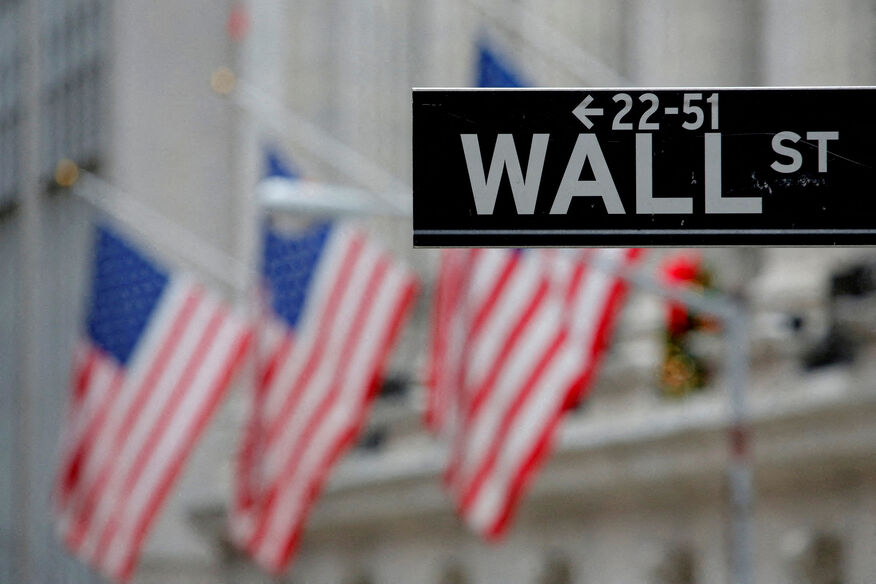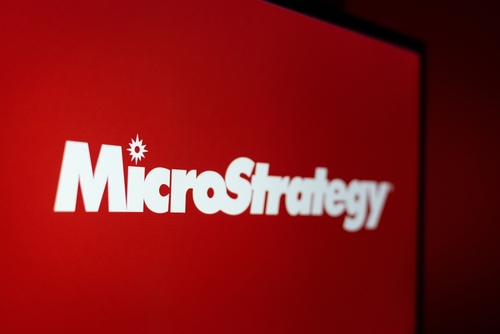1 Wall Street Analyst Thinks This High Flying Stock Has 57% Upside. Is it a Buy?

Delta Air Lines' (NYSE: DAL) recent investor day presentation prompted a slew of upgrades from heavyweight financial companies, including Deutsche Bank, UBS, Citi, and most notably, Morgan Stanley, whose analyst maintained an overweight rating and slapped a $100 price target on the stock -- a figure implying 57% upside at the time of writing. Is Wall Street irrationally exuberant, or are the price target hikes justified?
The numbers make Delta Air Lines stock a buy
Starting with the three- to five-year targets laid out by management in the presentation, it's clear that they make a compelling investment case for the stock. Of course, there are the numbers, and there is believing in them (I'll get onto that issue shortly), but as they stand, they are impressive.
The key points are as follows:
- Earnings per share (EPS) growth at a double-digit rate on average.
- Free cash flow (FCF) of $3 billion to $5 billion a year.
- Reducing its debt-to-earnings before interest, depreciation, amortization, and rent (EBITDAR) ratio to parity compared to a figure of 2.9 at the end of the third quarter of 2024.
To put these figures into context, a significant reduction in debt-to-EBITDAR would derisk the stock from investors' fears over its debt load, and an FCF of around $4 billion is worth more than 9.7% of its current market cap. Finally, a price-to-earnings (P/E) ratio of 10.5 times estimated earnings (which includes the negative impact of the CrowdStrike update on its earnings) is a meager rating for a company growing at a double-digit rate.
Let's put it this way: The $100 target the Morgan Stanley analyst aims for would be Delta on a P/E ratio of 16.6 times 2024 earnings. Again, that's a lowly multiple of a double-digit earnings grower. In terms of FCF over the next five years, it would be Delta on a 16.1 times FCF of $4 billion.

Image source: Getty Images.
Why Delta and other airline stocks can trade on lowly multiples
Airline stocks often trade at low valuations to reflect the historical reality of their trading. It's a highly cyclical industry where capacity can be low and demand high, leading to high ticket prices and expanded margins and profits one year, only for airlines to expand capacity next year and/or demand subside, leading to a collapse in profits the following year.
Historically, airlines haven't always been disciplined in reducing capacity during a slowdown. In addition, there's always the concern over fuel prices' volatility and the impact of geopolitical events on international travel, and that's not even mentioning the pandemic.
Why Delta can hit the numbers
The market's fears (as represented by Delta's valuation) look overblown for two key reasons.
First, as both Delta and United Airlines have outlined recently, airlines have reduced capacity where necessary in response to overcapacity in the summer. While this may prove to be a false dawn in terms of the airline industry being more disciplined over capacity, they have behaved like this in 2024. As such, the management of Delta and United are both arguing that they have already passed an inflection point in growing revenue per available seat mile (RASM) again -- probably the most important single metric in the airline industry.

Image source: Getty Images.
Second, Delta's investor day highlighted the relative durability of its revenue streams and how it's differentiating its product offering. Much of this comes from the shift to the premium traveler. For example, in 2010, Delta generated 60% of its revenue from the main cabin, with the rest coming from "premium, loyalty, and other." However, those ratios have flipped, and in 2024, main cabin revenue is set to generate just 43% of revenue, with management aiming to grow "premium, loyalty, and other" from 57% in 2024 to 60% over time.
The shift reflects management's focus on its premium offerings and the success of its loyalty programs and co-branded credit cards with American Express. According to CEO Ed Bastian on the investor day, about 90% of spending on Delta's travel comes from the 40% of U.S. households earning more than $100,000 a year. Higher-income households are likely less susceptible to fluctuations in interest rates.
Moreover, Delta's co-branded credit cards are incredibly successful, having grown remuneration from American Express from $4 billion in 2019 to an estimated $7 billion in 2024, on the way toward a long-term target of $10 billion.

Image source: Getty Images.
Is Delta Air Lines stock going to $100?
Accepting that Delta is not a traditionally run airline in a traditionally operating industry goes a long way to helping you believe the stock is due a valuation expansion. The increasing relevance of more resilient higher-income travelers to its income stream (both in the cabin, loyalty programs, and remuneration from American Express) helps derisk Delta.
Meanwhile, the industry has demonstrated that it can be disciplined in managing capacity, and while that lasts, there's reason for optimism.
As such, the analysts' optimism looks reasonably well placed, as do Delta's financial targets.
Don’t miss this second chance at a potentially lucrative opportunity
Ever feel like you missed the boat in buying the most successful stocks? Then you’ll want to hear this.
On rare occasions, our expert team of analysts issues a “Double Down” stock recommendation for companies that they think are about to pop. If you’re worried you’ve already missed your chance to invest, now is the best time to buy before it’s too late. And the numbers speak for themselves:
- Nvidia: if you invested $1,000 when we doubled down in 2009, you’d have $358,460!*
- Apple: if you invested $1,000 when we doubled down in 2008, you’d have $44,946!*
- Netflix: if you invested $1,000 when we doubled down in 2004, you’d have $478,249!*
Right now, we’re issuing “Double Down” alerts for three incredible companies, and there may not be another chance like this anytime soon.
*Stock Advisor returns as of November 25, 2024
American Express is an advertising partner of Motley Fool Money. Lee Samaha has no position in any of the stocks mentioned. The Motley Fool has positions in and recommends CrowdStrike. The Motley Fool recommends Delta Air Lines. The Motley Fool has a disclosure policy.







